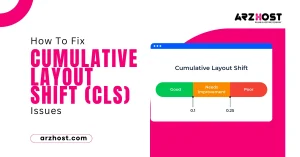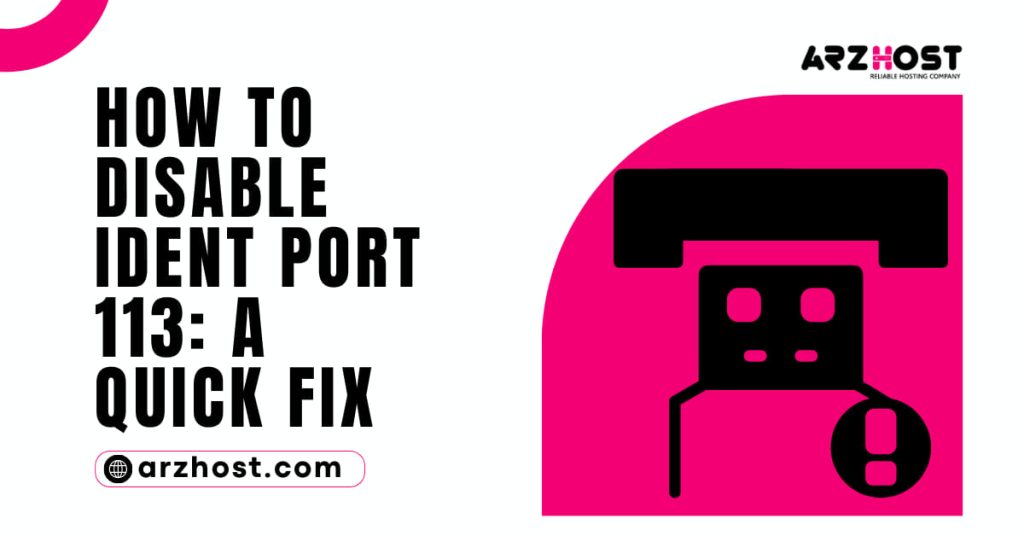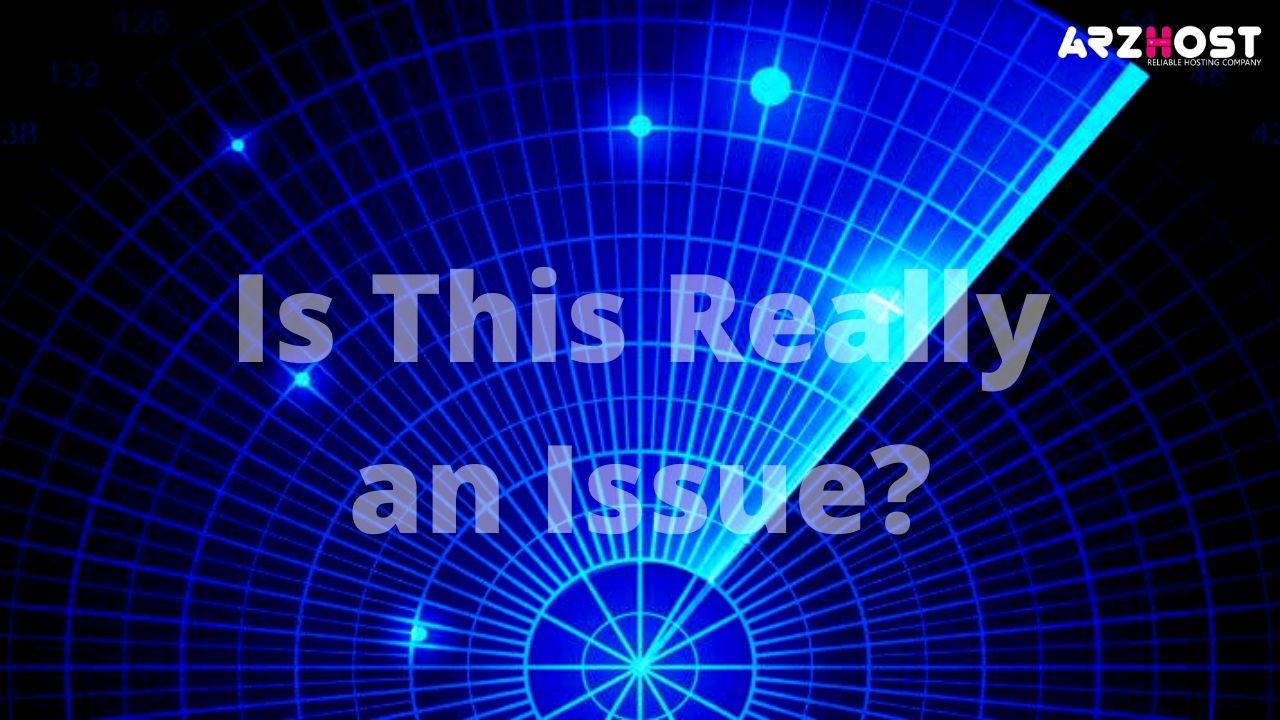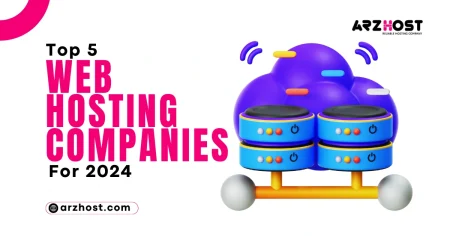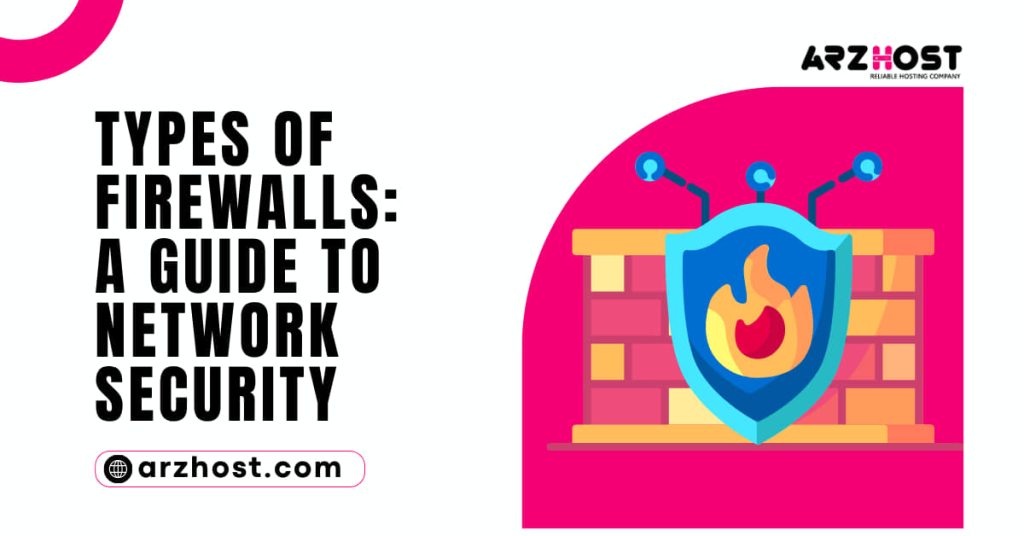The Ident Protocol (Identification Protocol, Ident), is an Internet show that perceives the customer of a particular TCP connection. One popular inspiration program for giving the ident organization is indented. Auth/Ident servers that ordinarily run on the local customer’s machine reliably end up with open port 113 and tune in for moving toward connections and inquiries from remote machines.
All things considered, these examining machines give a close-by and remote “port pair” portraying some other at this point the existing relationship between the machines. In like manner, the customer’s “Request to Ident Port 113″, server is endowed with rotating toward the sky and returning the connections.
Customer ID” and possibly additional information, for instance, an email address, complete name. Around here at ARZHOST, we regularly get requests from our customers to fix issues seeing port 113 IDENT requests as a piece of our Server Organization Services. Today, we have to see how our Hosting Expert Planners obstruct this for our customers.
What Causes Port 113 IDENT Requests?
All around, we can see port 113 return requests in any of the going with:
- From Nagios XI server to the starting host while submitting NSCA detached results.
- While looking at NRPE organizations.
- On the firewall logs.
“Request to Ident Port 113”, Ordinary explanations behind this issue is given underneath:
This is by and large seen when we are running a NRPE check through XINETD with USERID associated with the log_on_success or log_on_failure decisions in remote hosts, etc/xinetd. d/nrpe record.It could moreover be because we are submitting idle results to the XI server through NSCA (which is running under XINETD, etc/xinetd.d/nsca with comparative decisions.
We have to recall that the USERID decision requires an IDENT requesting to port 113 on the beginning server to choose the USERID, consequently, we can see it.
The Issue with Absolutely Stealthing Port 113
Despite how IDENT was never incredibly supportive. Even today some evaporated old UNIX servers most by and large IRC Chat. Yet some email servers as well still have this IDENT show joined into them. Any time someone attempts to develop a relationship with them.
That connection try is completely needed to be delayed. While the distant server tries to use IDENT to connect back to the customer's port 113 for unique proof. Supposing the customer had no NAT switch or individual firewall and no IDENT server running in their machine to recognize.
The faraway server’s connection interest on port 113 the customer’s PC would get the port 113 connection interest and quickly. “Request to Ident Port 113“, successfully reject the connection. The far-off server would quickly understand that IDENT was not running on the far-away customer’s machine. It probably wouldn’t see any problems and it would keep on giving the customer’s suspended connection interest.
Singular Firewall ARE Frustrating
Regardless, if either a NAT switch or a singular firewall ARE frustrating and dropping moving toward IDENT requests accepting IDENT is stealthed the far-off server’s undertakings to partner would go unanswered. Ensuing to holding up some an ideal opportunity to hear back from its first connection request group. It would send a subsequent sales bundle. Then, resulting in remaining fundamentally longer. It would send a third, and a fourth directly following remaining impressively significantly longer.
With port 113 stealthed by the customer. Each moving toward sales would essentially be dropped and terminated by the customer's local safety officers. However, in the meantime, the far-off server and the customer’s unusual connection interest are “suspended” holding on for some response.
Since stealthed TCP connection tries generally speaking require 45 seconds or more to be wild. “Request to Ident Port 113”, The effect is that Stealthing of port 113 can make a couple of connections some far off servers to hang for right around a second. (Additionally SOME far away servers will even dare to such a limit as to finally deny the primary connection request expecting nothing is heard back from the client's port 113.)
Is Really This an Issue?
Not. By far most who coordinate to mystery port 113 never experience any trouble connecting with any faraway servers they consistently use. If, later Stealthing port 113, your truth be told do experience connection delays, similar to when sending or recuperating email, you’ll know it rapidly since it’s for the most part glaring, and you’ll understand that your ISP is using an IDENT-subordinate email server. (In any case, this isn’t typical.)
The trouble experienced by most security mindful people. “Request to Ident Port 113”, is that port 113 can now and again be genuinely tricky to the mystery.
The Best Strategy to Disable Port 113 IDENT Requests
Then, dispose of the USERID decision from the log_on_failure AND log_on_success to keep the IDENT from occurring.
The record we truly need to change depends upon:
- NRPE on the remote host
/etc/xinetd.d/nrpe
- NSCA on Nagios XI server
/etc/xinetd. d/nsca
We can either comment this line out or dispose of it completely:
# default: on# depiction: NSCA (Nagios Service Check Acceptor)organization nsca{standards = REUSEsocket type = streamstop = nocustomer = Nagiosbundle = Nagiosserver =/user/close by/Nagios/repository/nscaserver_args = - c/user/close by/Nagios, etc/nsca. Cfg - - inetdlog_on_failure += USERIDweaken = noonly from = 127.0.0.1}
At the point when the movements are made. We need to restart the xinetd organization using both of the orders underneath:
RHEL 7+|CentOS 7+|Oracle Linux 7+|Debian|Ubuntu 16/18/20systemctl restart xinetd. Service
Stealthing Port 113 on NAT Switches
NAT switch creators don’t want to get the standing that their NAT switch brings connection difficulty. Regardless, NAT switches have the issue that moving toward IDENT requests is intrinsically unconstrained. As we presumably know, NAT switches twofold as impressive hardware firewalls due to their ordinary inclination to drop all moving toward unconstrained groups, in like manner Stealthing their owners’ associations.
In any case, since Stealthing port 113 can “speculatively” cause connection issues (yet probably never does) NAT switches usually treat port 113 exceptionally. They intentionally return a “shut” status, viably excusing connection attempts nevertheless, blowing their by and large full-mystery cover meanwhile.
New customers of NAT switches, who use this site investigate their security. “Request to Ident Port 113”, is much of the time baffled to observe alone shut (blue) port floating in a peaceful area of mystery green.
Practical to Organize NAT Changes
The elevating news it is practical to organize NAT changes to return them to full privacy. Attempt to use the switch’s own “port sending” game plan decisions to progress essentially port 113 into far out in the distance. Just encourage the change to propel port 113 packages to a non-existent IP address. One far up close to the completion of your switch’s internal area range. The switch will then NOT return a port shut status.
It will simply propel the port 113 pack “no spot”. What’s your association will be returned to full mystery status. I assume that NAT switches. It should be seriously thought about combining. The sort of flexible strong IDENT dealing with which has everlastingly been (especially) introduced by the Zone Alarm individual firewall.
The latest firmware update for the Linksys gathering of NAT switches. It has added an adaptable IDENT Stealthing feature (but it isn’t enabled as per normal procedure). “Request to Ident Port 113”, So the Linksys shifts will furnish you with the best arrangement.
Stealthing Port 113 on Near and Dear Firewalls
Something that recently got my consideration about the Zone Alarm individual firewall (close to the way that it was free) was that. It has always been particularly canny concerning dealing with IDENT’s port 113. I was involved and thinking “these people honestly acknowledge what they’re doing”. Exactly when Zone Alarm gets an inbound connection interest for port 113. It confirms whether the PC has begun any outbound relationship with the far-off server sending the IDENT request. If not, the IDENT bundle is dropped Stealthing the guaranteed machine.
Regardless, accepting the customer has a current “relationship” with the transporter of the IDENT request. The IDENT bundle is allowed to go through Zone Alarm’s firewall protection. So the customer’s structure can respond normally. (Which generally suggests speedily returning a shut status for the port). This infers that Zone Alarm is a “stateful pack looking into individual firewall” still a more direct static bundle channel.
At the hour of this organization. Zone Alarm is at this point the vitally individual firewall to offer. This sort of flexible strong IDENT port managing. I believe that various firewalls will make a move as needs be once the benefits are better seen.
Luckily since IDENT is seldom used direct “hard Stealthing” of port 113. “Request to Ident Port 113”, which is open from all near and dear firewalls, is possible satisfactory. It will allow your structure to remain imperceptible on the Internet and will probably never bring any connection difficulty.
Assumptions
To lay it out simply, we saw what causes port 113 IDENT requests close by the implies that. “Request to Ident Port 113”, our Hosting Expert Planners follow to handicap this for our customers.
FAQS
Question # 1: What ports ought to be open on the switch?
Answer: Normal port numbers that ordinarily might be open incorporate 21, 25, 80, 110, 139, and 8080. As a matter of course, these port numbers are typically dynamic and open in many switches. A lot more may have to stay open as a result of real applications introduced on PCs associated with the organization.
Question # 2: What occurs assuming I block ident port 113?
Answer: Fortunately since IDENT is rarely utilized straightforward “hard stealthing” of port 113. Which is accessible from all close to home firewalls, is most likely adequate. It will permit your framework to remain imperceptible on the Internet and will very likely never bring any association hardship.
Question # 3: What does channel mysterious Internet demands mean?
Answer: Channel mysterious Internet demands. This element blocks ping demands from PCs on the Internet to your switch. Channel Internet NAT redirection. This component forestalls a nearby PC that is involving a URL or Internet. Address in your organization to get to your neighborhood server.
Question # 4: Why impeding ICMP is awful?
Answer: Obstructing ICMP Traffic for Security
Network managers regularly pick to handicap ICMP on network gadgets to avoid network planning applications utilized by foes (e.g., Nmap and Nessus filters). Produced ICMP diverts Network traffic could be deceitfully diverted to an assailant through a manufactured ICMP divert message.
